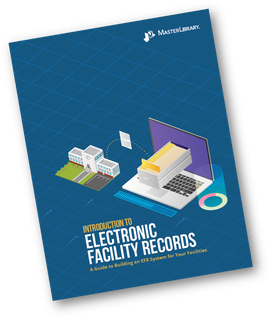About EFRStandard.Org
|
EFR Standard Master List
Learn more about the EFR Standard Asset Type Information and review the most current version of the Master List.
Preliminary Release of Facilities Data Workbook (FDW)
As the facility systems and assets are installed EFR data and information should be captured along the way in a Facility Data Workbook (FDW).
You can download a free a zip file that contains workbooks for each of the major system groups with tabs in each workbook for asset types. Columns are the data attributes while rows represent an asset instance. Asset information using this spreadsheet template facilitates data transfer between applications either via export/import process using these workbooks or via API connections.
We are distributing this format as an open format with the goal of obtaining suggestions and feedback. In exchange for the file we just ask that any use simply references the EFR Standard and Site as the source We would also welcome any feedback and suggestions for future iterations.
You can download a free a zip file that contains workbooks for each of the major system groups with tabs in each workbook for asset types. Columns are the data attributes while rows represent an asset instance. Asset information using this spreadsheet template facilitates data transfer between applications either via export/import process using these workbooks or via API connections.
We are distributing this format as an open format with the goal of obtaining suggestions and feedback. In exchange for the file we just ask that any use simply references the EFR Standard and Site as the source We would also welcome any feedback and suggestions for future iterations.
Learn More About EFR
|
Download an introductory guide for creating an EFR system for your facilities.
|




